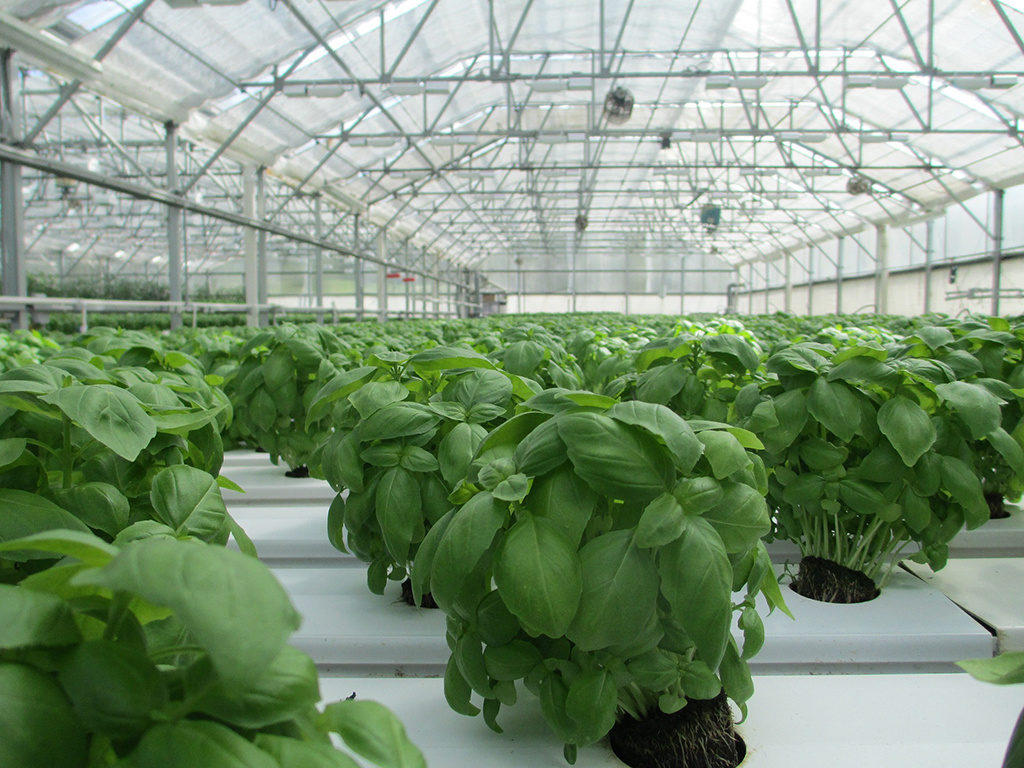Renewable lighting in greenhouses with EELYS
The opportunities to develop smart solutions for energy efficiency in the lighting sector for food production, such as in greenhouses, are substantial. In the EELYS Greenhouse project, intelligent control systems for greenhouse lighting with a high proportion of local renewable energy are being developed.
The ongoing transition of Sweden towards fossil-free energy production requires a higher proportion of local electricity generation. As nuclear power is phased out, coupled with increased electricity consumption and rising electricity prices, society needs to develop renewable energy sources. Combined with a battery storage system, electricity generated can be stored for use when needed. There are significant opportunities to develop smart solutions for energy efficiency in the lighting sector for food production, such as in greenhouses.
What is the project intended to achieve?
Within the framework of the project, an adaptive control system based on AI algorithms is designed for greenhouse lighting systems with a high proportion of local renewable energy production. A greenhouse is constructed for cucumber or tomato cultivation with climate control for temperature, humidity, and lighting, along with a connection to a solar power system with a battery storage. By using suitable light sources that can automatically optimize the operation of the greenhouse lighting system, energy consumption is expected to decrease, and light intensity and quality increased while maintaining production levels.
The goal is to reduce energy consumption by 15 percent for greenhouse lighting systems and evaluate the potential of solar energy-based energy systems with battery storage to power greenhouse lighting systems.
How is the project implemented?
The project consists of six different work packages:
- WP1 - Integration of greenhouse lighting systems with a high proportion of local renewable energy production.
- WP2 - Design of AI algorithm for automatic prediction of light and energy needs.
- WP3 - Development of adaptive control system.
- WP4 - Lighting and measurement of light to minimize energy consumption while maintaining production levels.
- WP5 - Project management, goal fulfillment monitoring, progress, risk management, and budget.
- WP6 - Communication and dissemination of results at conferences and workshops.
Who participates in the project?
The project is led by Karlstad University. Collaborative partners in the project include Glava Energy Center, SC Burman, and the Swedish University of Agricultural Sciences (SLU).
Project Facts
- Project Period: June 22, 2020, to December 31, 2024.
- Main Funder: Swedish Energy Agency.
- Total Budget: SEK 3,878,986.
- Project Coordinator: Karlstad University.
- Project Partners: Glava Energy Center, SC Burman AB, Swedish University of Agricultural Sciences (SLU).
- More information on Karlstad University's website.
- Contact person at Glava Energy Center: David Olsson, see Contact.


